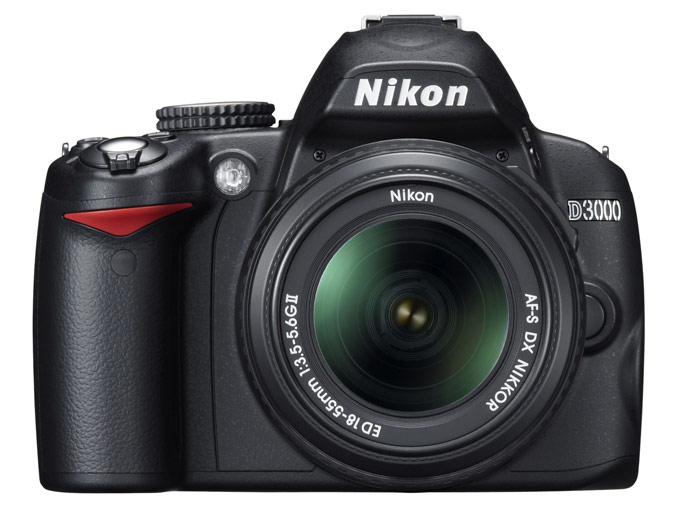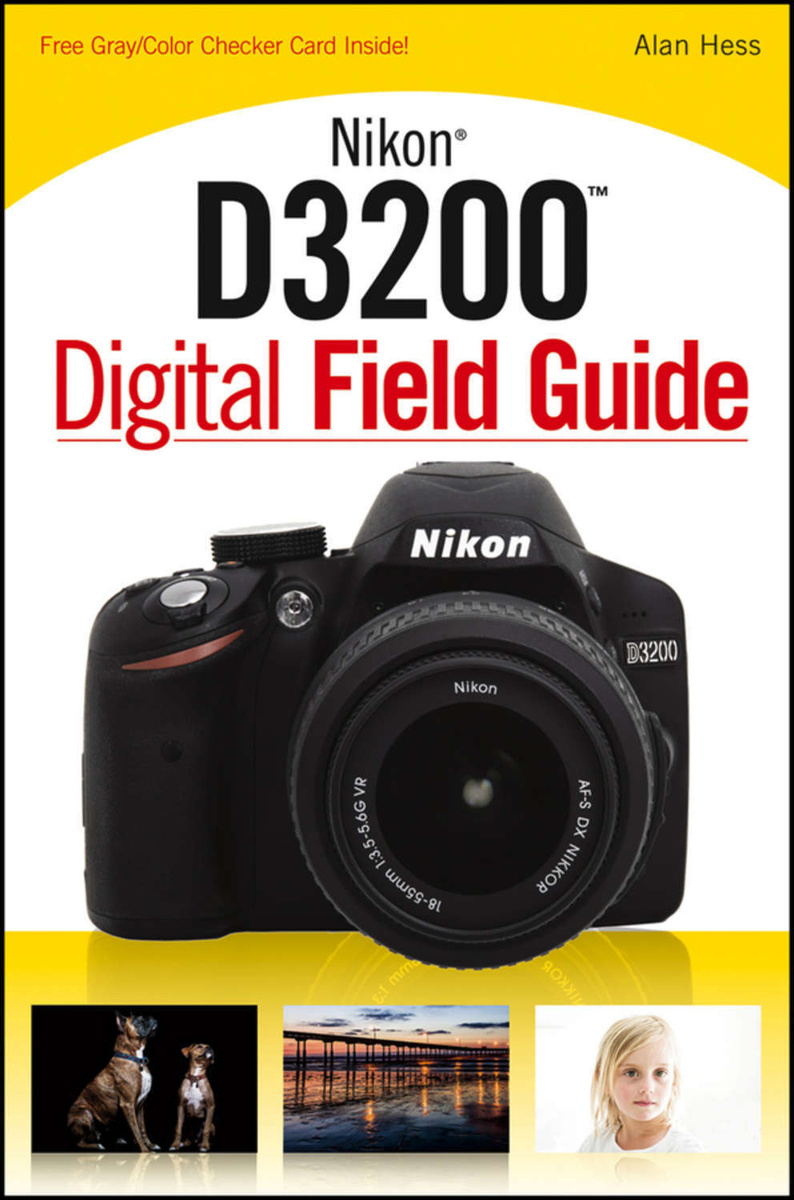
The front is dominated by the Nikon bayonet mount, and there are tons of EF-S lenses available. The body has a plastic feel, and doesn’t have the heft of higher-priced enthusiast DSLRs. The Nikon D3200 is available in black and red we found the red case to be particularly unattractive, so fortunately our review sample was the classic black. Not a radical change, but different nonetheless.
#Nikon d3200 deal movie
Instead of flipping the Live View lever and then the red movie dot on the D3100, you press Live View and tap the red button near the shutter. The controls have been re-jiggered a bit for the newer edition, with the red-dot movie button moving from back of the D3100 to a more convenient place next to the shutter button. Otherwise it and other dressed-in-black Nikon DSLRs look very similar. The basic design of Nikon DSLRs remains fairly constant, although the red Nikon swoosh is more streamlined on the D3200. Given all these improvements, the $699 Nikon D3200 is the one to pick, even though we’ve seen the D3100 for $549.

#Nikon d3200 deal 1080p
The new model also shoots full HD 1080p video - 1920 x 1080 resolution at 30 fps (the D3100 only hits 24 fps). While the D3200 handles 4 fps bursts, the D3100’s top speed is 3 fps. This is also found in Nikon’s $5,999 D4, which helps push 16-megapixel full-frame files through the pipeline at 10 fps. Besides the different sensors, the new DSLR has a more powerful processor called Expeed 3 (versus Expeed 2). Let’s get the innards out of the way first. There are some changes though - some subtle, others not. Oh, in case you’re wondering, Nikon is using Sony chips, but its own processor and algorithms.Īt first glance, the D3100 and D3200 look very similar. On the surface, this looks like a screaming deal, but let’s dig a little deeper. The only other cameras with that size sensor are the mirrorless Sony NEX-7 ($1,199) and Translucent Mirror Technology Sony Alpha A65 and A77 ($849 and $1,349, respectively) DSLRs - and these prices are body-only configurations. We still can’t get over the fact the D3200 has a 24.2-megapixel APS-C CMOS chip. Not content with a small bump in resolution from the 14.2-megapixel D3100, Nikon leaped over archrival Canon’s 18-megapixel EOS Rebels - including the soon-to-be-released T4i. Let’s see if Nikon lands on its feet after this jump - or falls flat on its megapixels. It has an amazing 24.2-megapixel sensor at quite an affordable price. The Nikon D3200 is a giant leap for consumer-friendly DSLRs.
#Nikon d3200 deal plus
O’Reilly members experience live online training, plus books, videos, and digital content from 200+ publishers. Get Nikon D3200 Digital Field Guide now with O’Reilly online learning. They are going to hold your precious memories, and a good memory card can be used over and over again without fear of losing any images.ĪB.1 SDHC memory cards are about the same size as a stamp, and only a bit bigger than a quarter. Always buy the best memory card available. If you shoot only large JPEGs, you can get 509 images in the fine image quality, 1000 images when using normal image quality, and 1900 images when using basic image quality.

If you shoot only RAW files, that jumps to 259 images. For example, if you are using an 8GB SDHC card, you can get approximately 171 RAW+JPEG images on the card. The capacity of the card you use is important because it determines how many photos and videos you can take before running out of space. The SDHC format can support capacities up to 32GB, while the SDXC format can support up to 2TB. The SD card format holds up to 2GB of data, and is not used much anymore. The Nikon D3200 can use regular SD cards, SDHC (Secure Digital High Capacity) cards, and SDXC (Secure Digital eXtended Capacity) cards. These cards are small, light, and can hold a great deal of information. The Nikon D3200 uses Secure Digital (SD) memory cards.


 0 kommentar(er)
0 kommentar(er)
